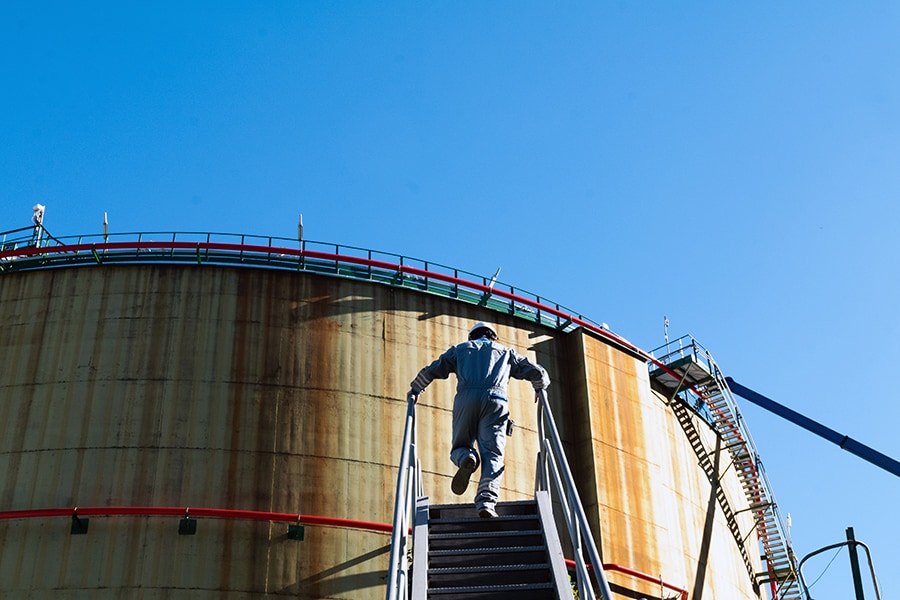
Why the US can't quickly wean Europe from Russian gas
But energy experts said that building enough terminals on both sides of the Atlantic to significantly expand U.S. exports of liquefied natural gas, or LNG, to Europe could take two to five years
 Part of a liquefied natural gas terminal in Panigaglia, Italy, on Feb. 1, 2022. Experts say it will take two to five years to build enough terminals on both sides of the Atlantic to allow for more significant exports of American LNG. (Clara Vannucci/The New York Times)
Part of a liquefied natural gas terminal in Panigaglia, Italy, on Feb. 1, 2022. Experts say it will take two to five years to build enough terminals on both sides of the Atlantic to allow for more significant exports of American LNG. (Clara Vannucci/The New York Times)
HOUSTON — The Biden administration wants to send more natural gas to Europe to help it break its dependence on Russian energy. But that lofty ambition will largely be symbolic, at least in the short run, because the United States doesn’t have enough capacity to export more gas and Europe doesn’t have the capacity to import significantly more.
In recent months, U.S. exporters, with President Joe Biden’s encouragement, have already maximized the output of terminals that turn natural gas into a liquid easily shipped on large tankers. And they have diverted shipments originally bound for Asia to Europe.
But energy experts said that building enough terminals on both sides of the Atlantic to significantly expand U.S. exports of liquefied natural gas, or LNG, to Europe could take two to five years. That reality is likely to limit the scope of a natural gas supply announcement that Biden and European leaders are expected to make Friday.
“In the near term, there are really no good options, other than begging an Asian buyer or two to give up their LNG tanker for Europe,” said Robert McNally, who was an energy adviser to former President George W. Bush. But he added that once sufficient gas terminals were built, the United States could become the “arsenal for energy” that helps Europe break its dependence on Russia.
Any effort to increase natural gas exports could also undermine efforts by Biden and European officials to combat climate change. Once new export and import terminals are built, they will probably keep operating for several decades, perpetuating the use of a fossil fuel much longer than many environmentalists consider sustainable for the planet’s well-being.
©2019 New York Times News Service







